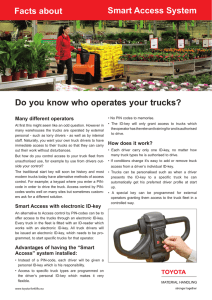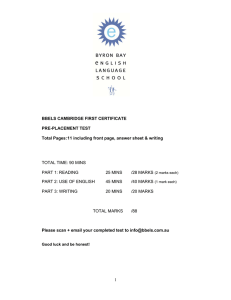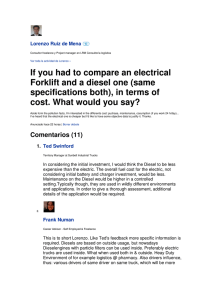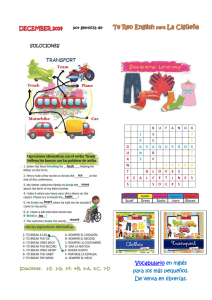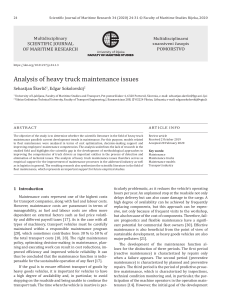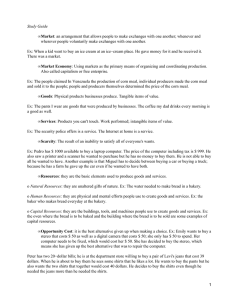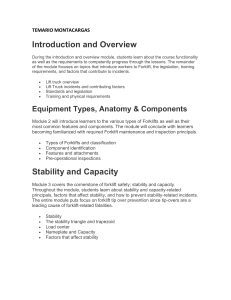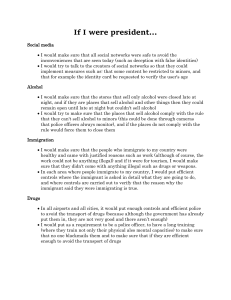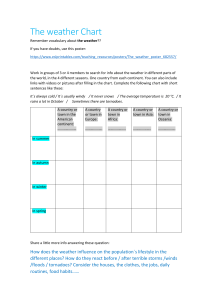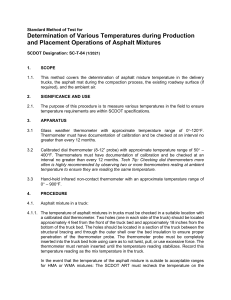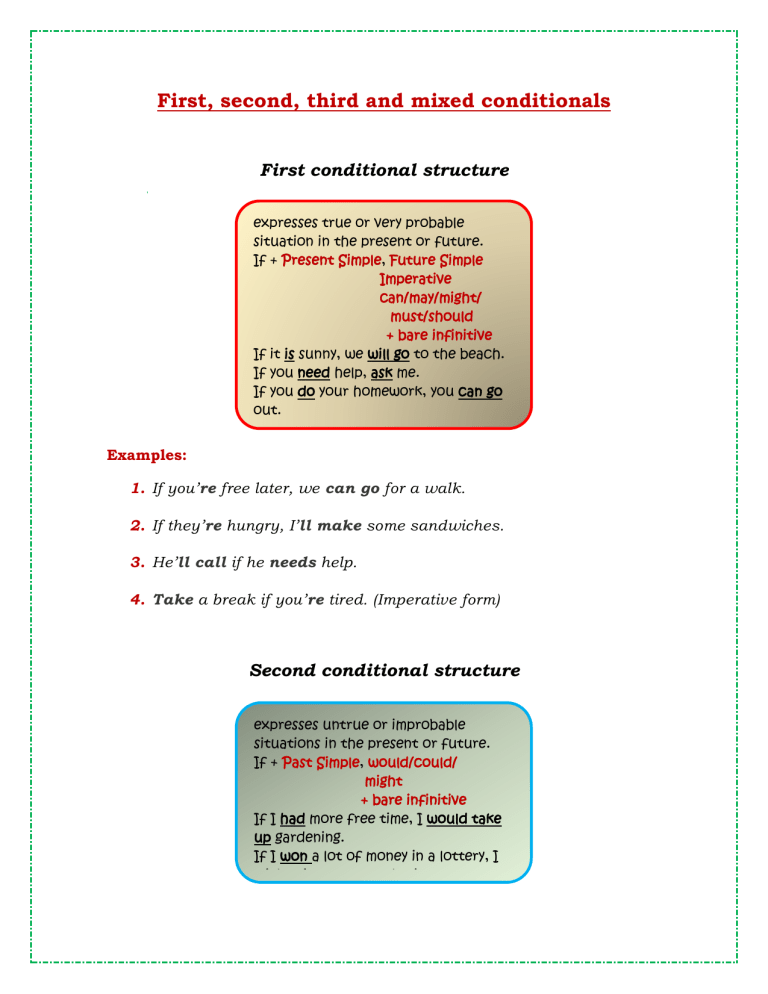
First, second, third and mixed conditionals First conditional structure Examples: expresses true or very probable situation in the present or future. If + Present Simple, Future Simple Imperative can/may/might/ must/should + bare infinitive If it is sunny, we will go to the beach. If you need help, ask me. If you do your homework, you can go out. If you go hiking, you must wear hiking boots. 1. If you’re free later, we can go for a walk. 2. If they’re hungry, I’ll make some sandwiches. 3. He’ll call if he needs help. 4. Take a break if you’re tired. (Imperative form) Second conditional structure expresses untrue or improbable situations in the present or future. If + Past Simple, would/could/ might + bare infinitive If I had more free time, I would take up gardening. If I won a lot of money in a lottery, I might give some to charity. Examples: 1. If I had more time, I’d exercise more. (But I don’t have more time so I don’t.) 2. If I were rich, I’d spend all my time travelling. (But I’m not rich so I can’t.) 3. You wouldn’t have to walk everywhere if you bought a bike. Third conditional structure expresses unreal, impossible situations in the past. If + Past Perfect, would have + past participle If I had seen Robert, I would have talked to him . Examples: 1. If we had left earlier, we would have arrived on time. 2. If you hadn’t forgotten her birthday, she wouldn’t have been upset. 3. They wouldn’t have hired you if you hadn’t had some experience abroad. 4. You could have helped me if you’d stayed later. Mixed conditionals To make a hypothesis about the past that has a consequence in the present. If + past perfect, would/could verb Examples: 1. If you’d studied harder, you’d be at a higher level now. 2. We’d be lying on a beach now if we hadn’t missed the plane. 3. What would you be doing now if you hadn’t decided to study? Let’s work! Read the following reading and answer the questions. Then, identify the conditionals sentences and what type they are. The mystery of the Red Truck By Sally Nicholls, a local reporter It has been confirmed that late on the night of the sixth of July, a large red truck ran into the bakery on Maryland Street. After an initial investigation by police, it is now clear that the truck had no driver at all. The locals are asking a simple question: “Where was the driver?” If the police want to solve this mystery, they will need the CCTV footage from the street. One of the locals said: “We’re all quite worried about a truck with no driver. This truck has never been seen in the neighbourhood before. If we’d seen that truck before, we’d solve this mystery now.” Many locals share the same concerns. They want to know what’s happening in their town. A witness at the crime scene told police: “There was a loud noise coming from the truck while it was going towards the building and its speed.... it was unbelievable. If it had been going slower, I would’ve had a chance to see the driver. But all I saw was the truck speeding into the bakery as fast as it could.’’ The police have already spoken with eleven other residents but no one knows any further details about the incident. Superintendent Amanda Slippers remarked: “This is a tough case. The truck licence plate belongs to this town, but nobody has seen it here. According to the town records, the owner of the truck moved away from here years ago. No one knows where to. If we located the owner, we'd probably solve this mystery.’’ If a truck moves, then it has a driver. Well, maybe we should change this basic assumption on account of this mysterious red truck. Decide if the statements are true or false according to the text. 1. The locals knew that the red truck had an old driver. 2. The police have investigated all the people in the town. 3. The CCTV footage of the street will help the police. 4. The locals haven’t seen the truck in the town before. 5. The truck ran into the building very slowly.
